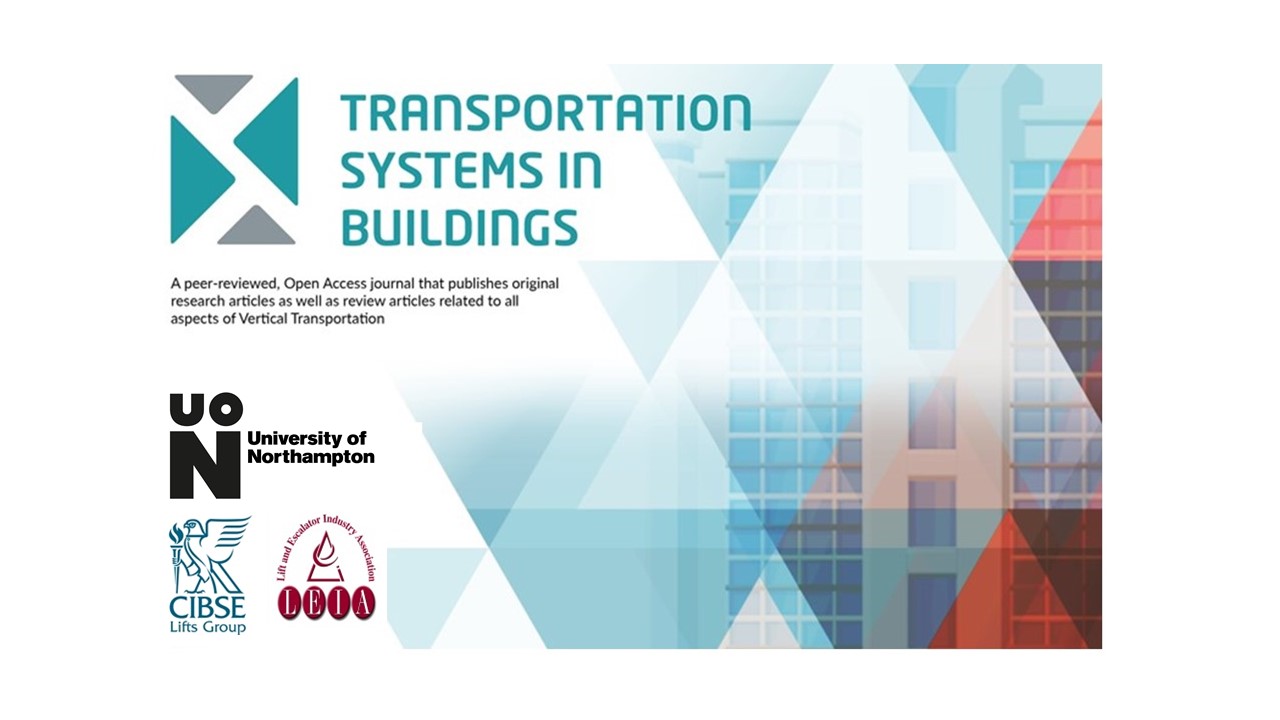A Fundamental Study Concerning the Correct Performance of Elevator Buffers
DOI:
https://doi.org/10.14234/tsib.v2i1.145Abstract
Various safety devices are provided to ensure the safety of the lift passengers. A number of safety systems are employed to prevent injury in case or uncontrolled movement. The car and counterweight buffers (shock absorber) play an important role. This paper considers appropriate performance of the car and counterweight buffers. Buffer performance is examined to satisfy a safe condition in the revised JIS A 4306.References
Abe, T., et.al., Application examination of shock absorber utilizing plastic deformation to elevator system, JSME Elevator, Escalator and Amusement Rides Conference 2003, 9-12, 2003 (in Japanese).
Iseda, T., et.al., Inversion plastic deformation of annealed aluminum tubes and its application to shock absorbers for high speed elevator, JSME annual meeting 2005(5), 305-306, 2005 (in Japanese).
Iseda, T., et.al., On shock absorbers for elevator by using inversion plastic deformation of an annealed aluminum tube, JSME Elevator, Escalator and Amusement Rides Conference 2006, 35-38, 2007 (in Japanese).
Buffer for lifts, Japanese Industrial Standard (JIS) A 4306, 2016 (in Japanese).
Downloads
Published
How to Cite
Issue
Section
License
The author(s) must warrant that an article is original and the sole work of the author(s); the author(s) must also obtain relevant permissions from any third-party copyright holders. Where an article or report has more than one author, the submitting author is responsible for ensuring that all other authors agree to the terms of submission.
Copyright and associated moral rights in works published in Transportation Systems in Buildings are retained by the authors. Authors grant to The University of Northampton and Transportation Systems in Buildings non-exclusive rights to reproduce works electronically (in full or in part) and to publish works in any such media current or later developed. By virtue of their appearance in this open access journal, works may be used freely, with proper attribution, in educational and other non-commercial settings.

